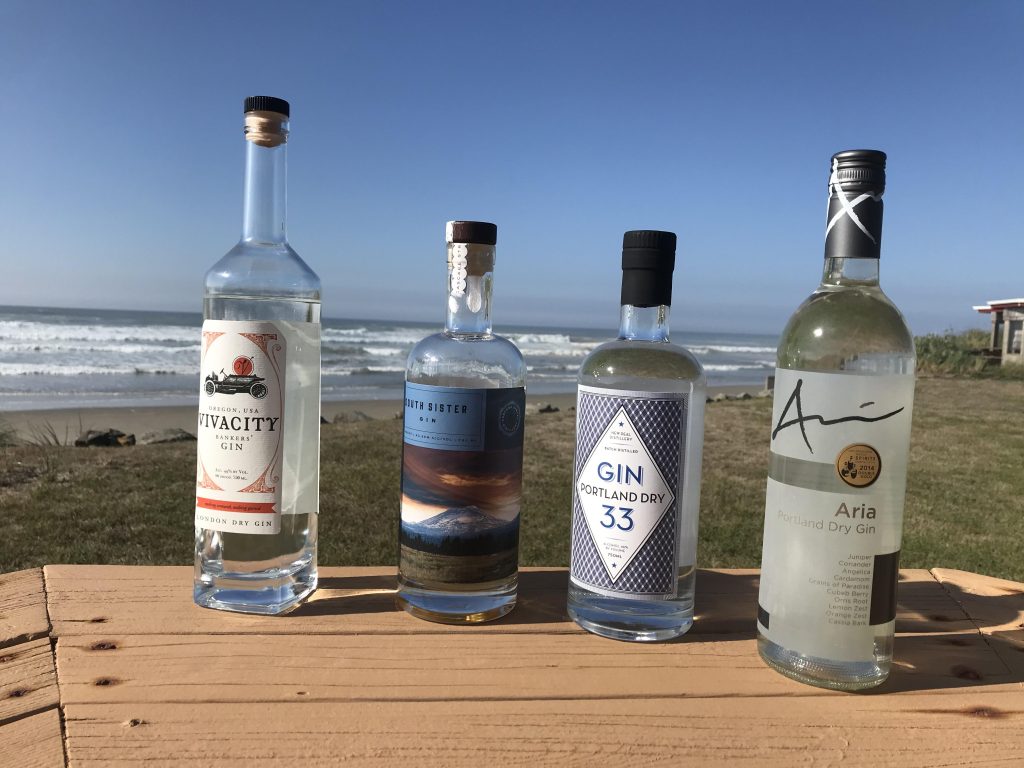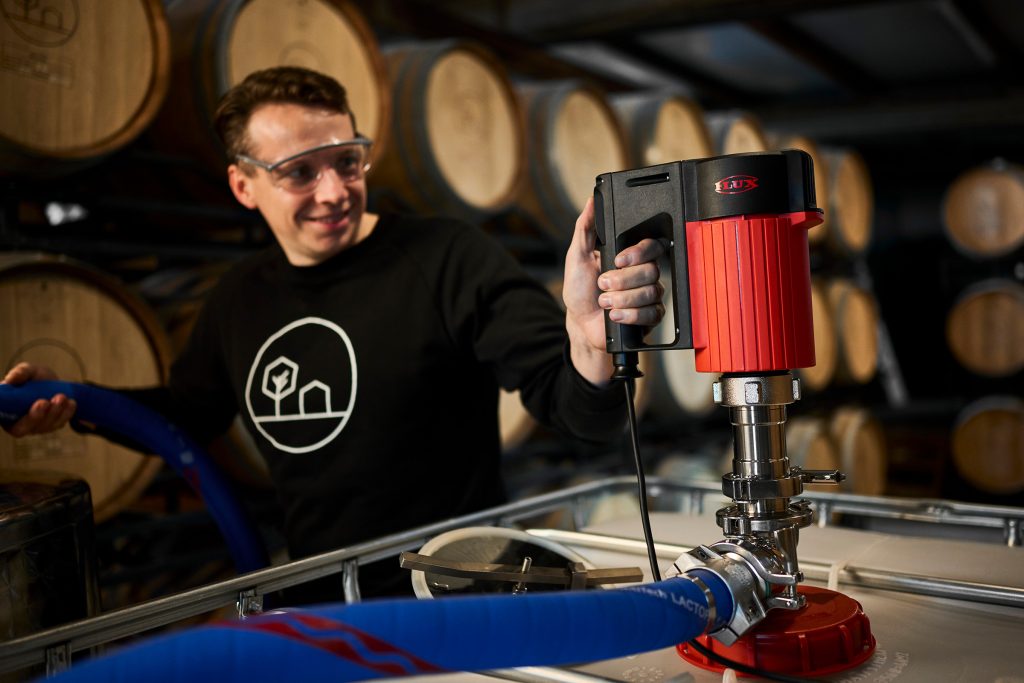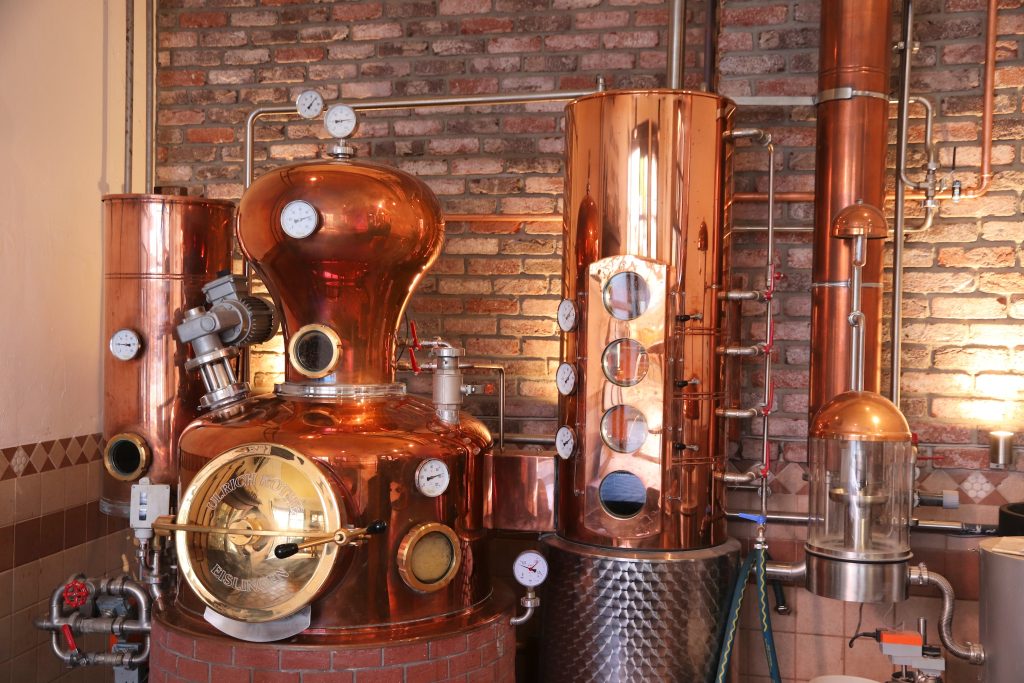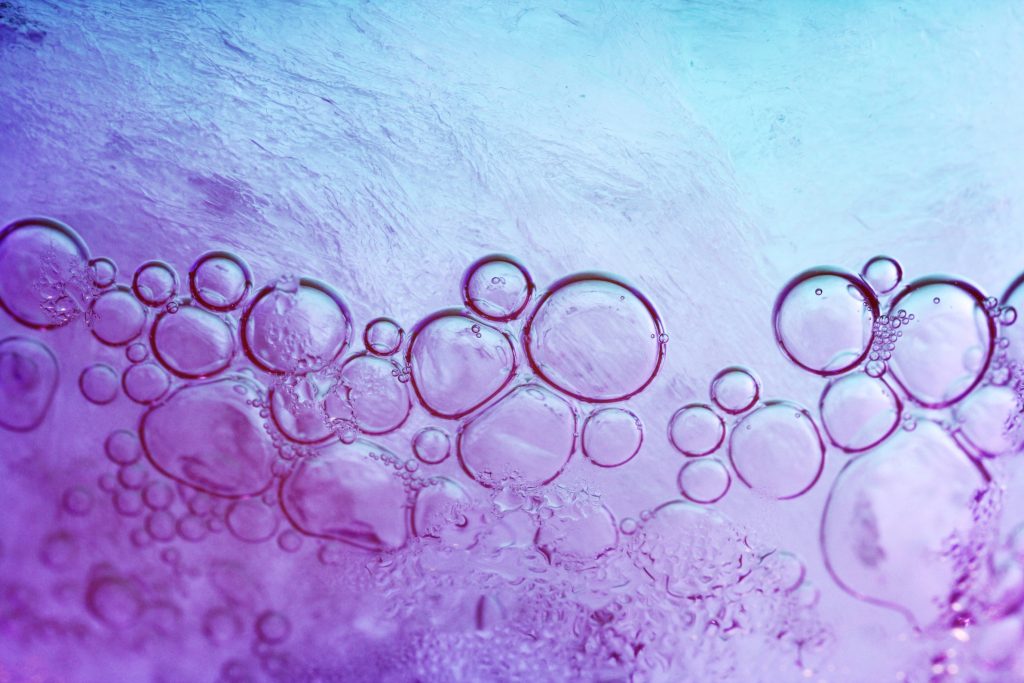Keeping Your Products Pure for Better Taste and Quality

By: Alec and Ana Tesa
When it comes to distillation, quality and consistency are key components for a product that is worthy of consumer loyalty. Unfortunately, as the alcohol industry continues to grow, so do the possibilities of encountering counterfeit spirits or poor-quality imitations – particularly when discussing tequila. While it’s easy to overlook minor discrepancies in taste or color caused by adulteration during production, these small changes can add up quickly and adversely affect your business.
Quality Issues Associated with Tequila Production
The production of tequila has been around for centuries, and it has long been celebrated as one of the most popular spirits consumed worldwide. However, with such a high level of popularity comes an increased demand for the product, which can lead to quality issues in its production. One major issue is the agave plant, the main ingredient used in tequila production.
Many producers have resorted to using poor-quality, premature agave plants or adulterated mixtures in order to cut costs and boost their profit margins. This can result in substandard tequila that lacks flavor or consistency. Additionally, many producers take shortcuts during the distillation process, resulting in a spirit that is not up to standard quality requirements.
Another issue surrounding tequila production is related to the fermentation process. Certain profiles of Tequila (Reposado and Anejo for the most part) must be aged in oak barrels before it can be sold on the market, but some producers may opt to use non-oak barrels or even plastic containers instead. This results in an inferior product with lower levels of flavor and complexity due to oxidation being prevented by non-oak containers. Moreover, improper fermentation processes can also create off flavors, aromas, and contamination from undesired microorganisms.
Lastly, another quality concern regarding tequila production relates directly to labeling regulations and accuracy. In Mexico, and most other countries for that matter, there are strict labeling regulations when it comes to spirits like tequila.
For example, bottles must clearly state what type of agave was used and if any additives were added during production (e.g., sugar syrup). Moreover, labels must also display information about alcohol content and aging time for each product too.
Without accurate labeling standards being enforced by lawmakers, it’s difficult for consumers to know exactly what they are purchasing – leading them vulnerable to unknowingly consuming low-quality products with inferior ingredients or distillation methods employed during production.
The Risks of Adulterated Tequila and its Impact on Future Sales
Tequila, historically, has been known as a spirit made from blue agave and produced in Mexico. It is an iconic beverage that has become popular among many cocktail enthusiasts and drinkers. Unfortunately, over the years, there have been cases of adulterated tequila being produced and sold on the market. This type of tequila contains additives or substitutes that are not traditionally used in the production process and can result in a product that may taste different or have negative health consequences.
Adulterated tequila is often created to cut costs and increase profit margins for producers. This can lead to dangerous consequences for unsuspecting consumers who buy what they think is pure tequila but isn’t. Some of these risks include potential allergic reactions caused by added preservatives or coloring agents and problems with alcohol content if the tequila does not contain all-natural ingredients. Furthermore, it is important to note that this type of alcohol can also lack flavor and complexity compared to traditional tequila due to its lower-quality ingredients.
The impact of adulterated tequila on future sales could be significant if consumers become aware of its dangers. People looking for an authentic experience may be hesitant to purchase any product that could be an imitation or an inferior version of what they thought they were getting. In addition, retailers may decide not to carry certain brands if they suspect the tequila might be counterfeit or unsafe for their customers. As a result, producers who produce authentic tequila have a responsibility to ensure that their product is safe and meets regulatory standards in order to protect their brand’s integrity and consumer trust.
The Dangers of Spoiled Ingredients During Distillation
When it comes to distilling alcohol, understanding how to handle spoiled ingredients is essential. Spoiled ingredients can not only affect the flavor of the end product but can also introduce bacteria into the process, leading to health and safety risks. To avoid these dangers, it is important that distillers always check the quality of their ingredients before they begin distilling. This means examining the color and smell of each ingredient, as well as checking for any visible signs of spoilage. If any ingredient is found to be spoiled, it should not be used in the process.
In addition to examining each individual ingredient, it is important for distillers to take special care when sourcing their supplies. Ingredients should come from trusted sources with a good track record in terms of freshness and safety.
It is also important that all ingredients are stored properly prior to use; refrigeration is often necessary for food-based ingredients like fruits and grains, while other materials such as alcohol must be stored away from light and heat sources.
Regularly inspecting storage containers can help ensure that spoiled or contaminated materials are not inadvertently used during the distillation process.
Identifying Untrustworthy Suppliers in Tequila Production
The importance of identifying untrustworthy suppliers in tequila production is paramount to the success and safety of your business. There are a few key steps to take when evaluating potential suppliers for tequila production.
First, research the company’s history and track record. Take a look at how long they have been in business, their past experiences with customers, any complaints filed against them, and more.
It is also important to look into the quality of the products and services they provide. Make sure to ask any questions you may have about how they produce their product, what process they use, how often they test it and what happens if there is an issue with the quality of their product.
Look at the supplier’s financial stability as well. Make sure that they are able to meet all of your requirements for payment terms and that they can continue to provide quality supplies over time without going out of business or becoming unreliable. You should also ensure that you have access to their up-to-date contact information in case any issues arise during your transaction with them.
Finally, make sure you thoroughly review any contracts or agreements you enter into with a supplier before signing them. This includes ensuring you understand all of the terms and conditions and verifying that everything written in the contract is accurate and legal. Doing this will help ensure that all parties involved are protected from any future misunderstandings or disputes.
Overall, taking the time to identify untrustworthy suppliers in tequila production is essential for ensuring the success of your business’s operations moving forward.
Minimize Risk by Ensuring High-Grade Spirits Are Delivered to Consumers
When it comes to the consumption of alcoholic beverages, safety is a priority. The risk associated with consuming low-grade spirits can be potentially dangerous and even fatal. That’s why ensuring that only high-grade spirits are delivered to consumers is important. Doing this can reduce the risk of adverse health effects from consuming these beverages.
High-grade spirits are defined as those that have been produced under stringent quality control processes and contain higher levels of pure alcohol, such as vodka and other distilled liquors. These products must meet certain standards in order to be classified as “high grade,” which include passing through all necessary steps in the distillation process and passing tests for purity and alcohol content. Furthermore, they must also have a long shelf life in order to provide consumers with the highest quality product possible.
The importance of ensuring that only high-grade spirits are delivered to consumers cannot be overstated – these products provide a higher level of safety and can also reduce the risk of intoxication due to their higher concentrations of alcohol. Furthermore, by providing consumers with high-grade spirits, they can enjoy the taste and quality associated with drinking them without any fear of health risks or potential intoxications due to low-grade impurities or chemicals in lower-quality products. This not only protects people from possible harm but helps them maintain a healthier lifestyle as well.
Overall, minimizing risk by ensuring high-grade spirits are delivered to consumers is essential for protecting public health and safety both now and in the future. By taking this approach, we can help ensure that people remain safe when consuming alcoholic beverages while still being able to enjoy their favorite drinks with confidence, knowing that they are made from the highest quality ingredients available on the market today.
Ultimately, all these factors together – quality assurance, reliable suppliers and attention to detail during distillation – ensure that customers receive only the best tequila available. If companies in the industry can focus on delivering high-grade spirits with safety and trustworthiness as their top priorities, they will be able to provide superior customer experiences while also safeguarding their bottom lines.
About Eleven20 Tequila
Eleven20 Tequila is an award-winning tequila crafted with traditional distilling techniques and a passion for excellence. Founded by a husband and wife team, the brand uses only premium blue agave sourced from producers in the region. Through their commitment to quality, Eleven20 Tequila has become recognized as an innovator of flavor and aromas, with its signature blend being celebrated by mixologists and connoisseurs alike. With a culture rooted in respect for tradition, expertise, and craftsmanship, each bottle of Eleven20 Tequila is a testament to the highest standards of excellence.








